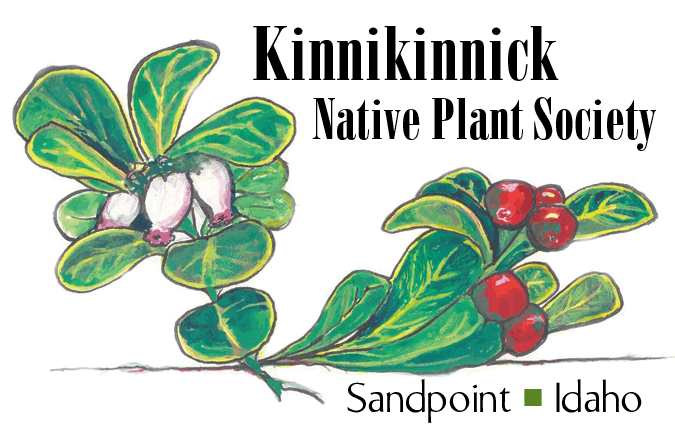Wild Strawberry
(Fragaria virginiana)
Wild Strawberry fruit
It's a rare, delicious treat to find a tiny, red wild strawberry that hasn't already been snatched up by a cottontail rabbit or nibbled by a passing chipmunk. Common throughout most of the United States and southern Canada, Wild Strawberry (Fragaria virginiana) is a fast-spreading ground cover under ideal growing conditions, but it's not picky. It thrives along roadsides, in pastures and meadows, riverbanks and lake shores. It spreads on open hillsides, well-drained woodlands and moves into clearings and open disturbed sites.
A member of the Rose family, this native perennial blooms as early as April into July. Blossoms feature five pure white petals surrounding a yellow center of multiple pistils and stamens. A single flower appears at the end of a stem among clusters of bright green trifoliate leaves (three leaflets radiating from a center stalk). Together they are up to 3 inches wide; individually the leaflets are ovoid with toothed edges, about one inch long. The tooth at the tip of the leaflet is smaller than those on either side. This distinguishes it from the Woodland Strawberry (Fragaria vesca).
Wild Strawberry flower
Tiny fruits appear in mid-late summer. They look like miniature versions of the strawberries you find in the supermarket. In fact, Fragaria virginiana, chosen for its flavor, was originally crossed with Fragaria chiloensis, a South American native chosen for its size, to create the cultivated strawberry with its many hybrid variations that we have today.
In a garden setting, Wild Strawberry prefers full to part sun and some moisture. A cool season plant, it can go dormant during the hottest part of the summer. It fruits best with extra watering during the early growing season. Wild Strawberry forms dense mats of clonal plants from 4-7 inches high that will tolerate light traffic. In the fall the leaves provide lovely seasonal color, turning dark red.
Plants spread primarily by stolons, or runners. Usually reddish in color these runners spread up to several feet from established plants. Where their tips touch the ground, they root and produce a new crown of leaves. Plant it where it has room to spread, otherwise it could become invasive.
Seventy-five species of moths, butterflies, bees and other insects are supported by the pollen and nectar of Wild Strawberry. The berries and foliage are browsed by wild mammals and birds, but plants recover quickly, and they are much less susceptible to the diseases affecting cultivated strawberries.
Wild Strawberry plants are astringent, antiseptic and diuretic. The Cherokee treated kidney and bladder issues with it, as well as jaundice and scurvy. It is high in Vitamin C. Okanagan-Colville tribes dried the leaves and used the powder to disinfect open sores. A tea can be made of the leaves, and berries, if you can find them, are perfect for jam or drying.
Look for Wild Strawberry blooming this spring in the Larch Grove in the North Idaho Native Plant Arboretum. Open to the public, parking for the Arboretum is at 611 S. Ella Ave., Sandpoint, ID, or on the street.
Wild Strawberry is found on page 227 of the KNPS publication, Landscaping with Native Plants in the Idaho Panhandle, available at local bookstores and the Bonner County History Museum.
Native Plant Notes are created by the Kinnikinnick Native Plant Society. To learn more about KNPS and the North Idaho Native Plant Arboretum, explore www.nativeplantsociety.org.


